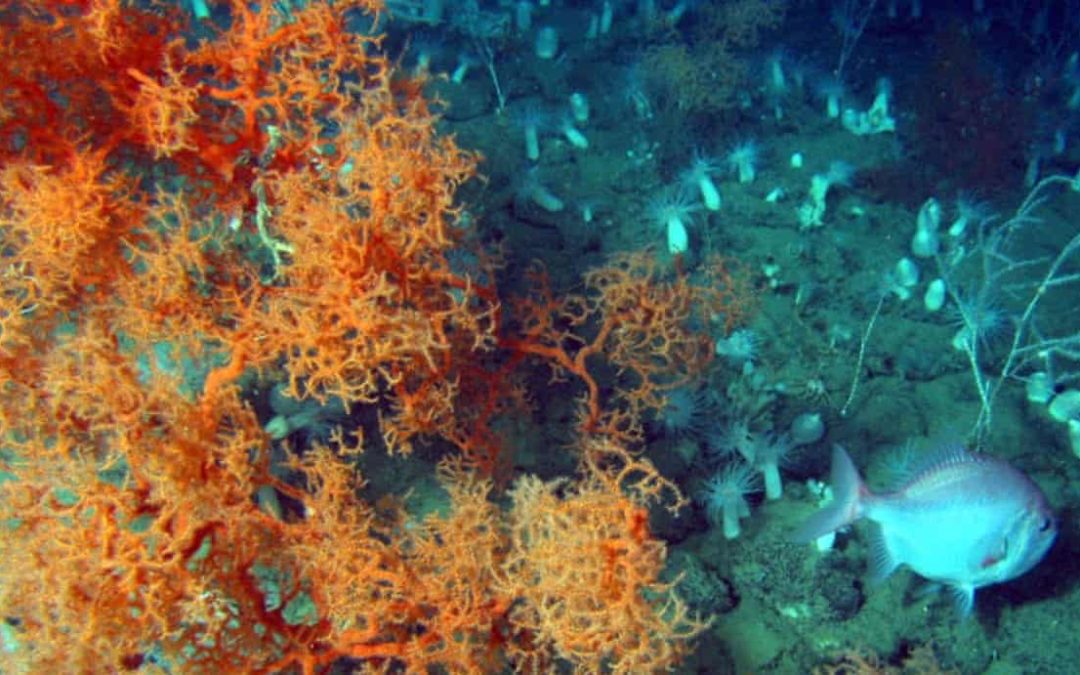SOURCE: The Guardian
DATE: December 6, 2018
SNIP: Rapid global warming caused the largest extinction event in the Earth’s history, which wiped out the vast majority of marine and terrestrial animals on the planet, scientists have found.
The Permian mass extinction, known as the “great dying”, occurred around 252m years ago and marked the end of the Permian geologic period. The study of sediments and fossilized creatures show the event was the single greatest calamity ever to befall life on Earth, eclipsing even the extinction of the dinosaurs 65m years ago.
Up to 96% of all marine species perished while more than two-thirds of terrestrial species disappeared. The cataclysm was so severe it wiped out most of the planet’s trees, insects, plants, lizards and even microbes.
The great dying event, which occurred over an uncertain timeframe of possibly hundreds of years, saw Earth’s temperatures increase by around 10C (18F). Oceans lost around 80% of their oxygen, with parts of the seafloor becoming completely oxygen-free. Scientists believe this warming was caused by a huge spike in greenhouse gas emissions, potentially caused by volcanic activity.
“It does terrify me to think we are on a trajectory similar to the Permian because we really don’t want to be on that trajectory,” Stanford University scientist Jonathan Payne said. “It doesn’t look like we will warm by around 10C and we haven’t lost that amount of biodiversity yet. But even getting halfway there would be something to be very concerned about. The magnitude of change we are currently experiencing is fairly large.”
Curtis Deutsch, an oceanography expert at University of Washington said: “We are about a 10th of the way to the Permian. Once you get to 3-4C of warming, that’s a significant fraction and life in the ocean is in big trouble, to put it bluntly. There are big implications for humans’ domination of the Earth and its ecosystems.”

